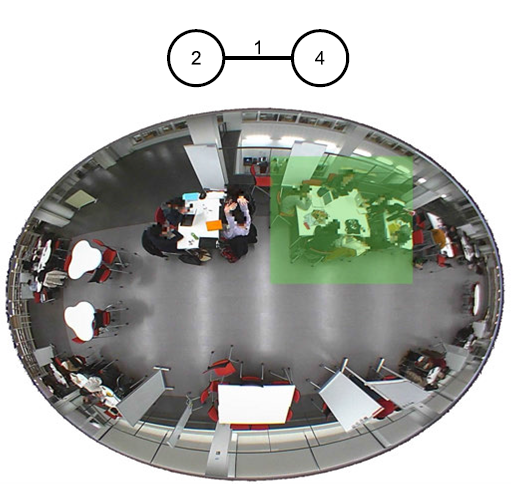March 2016 Issue
Research Highlights
Graph-based data mining reveals patterns in learning space use
Collaborative learning spaces where users can study and work together require constant review so that the available facilities can be optimised. Present approaches use interviews with users but Kazushi Okamoto at the University of Electro-Communications (the affiliation when this paper published was Chiba University), Hitoshi Asanuma, and Kazuhiko Kawamoto at Chiba University propose a mathematical approach to gather usage information into graphs that can be readily mined to identify usage patterns. They suggest the approach will be useful for planning interviews and providing evidence to support the responses of interviewees.
The space studied provides movable desks, chairs, and whiteboards, but for ease the researchers defined only users and moveable desks in the learning space as nodes, where the desks acted as reference nodes. They defined edges between the nodes where the edge length was determined by the distance between the nodes in real space. They could then identify groupings defined by nodes and edges from 324 photos taken in the Chiba University library hourly over the course of two weeks.
The groupings identified were described as subgraphs within graphs that depict usage throughout the space. Using histograms the researchers could identify the most common groupings or subgraphs, and more extensive searches of all the data to identify rare groupings. In addition, a mathematical tool for cluster analysis - "k means ++"- to log the common groupings for different times of the day and week allowed them to see what patterns emerge from the data, such as the common groupings during busy as opposed to quiet periods in the library.
The researchers conclude that their test of the approach against data for the Chiba University Library "validated that the proposal can provide useful data for interview planning and evidences for interview results."
Reference
Kazushi Okamoto1, Hitoshi Asanuma2, and Kazuhiko Kawamoto3 A graph based data mining method for collaborative learning space in learning commons, World Automation Congress (2014) doi:10.1109/WAC.2014.6935976.
- Academic Link Center, Chiba University, 1-33 Yayoi-cho, Inage-ku, Chiba 263-8522, Japan (Present affiliation is the Graduate School of Informatics and Engineering, University of Electro- Communications, Tokyo 182-8585, Japan)
- Graduate School of Advanced Integration Science, Chiba University, 1-33 Yayoi-cho, Inage-ku, Chiba 263-8522, Japan
- Institute of Management and Information Technology, Chiba University, 1-33 Yayoi-cho, Inage-ku, Chiba 263-8522, Japan
authors e-mail:,




